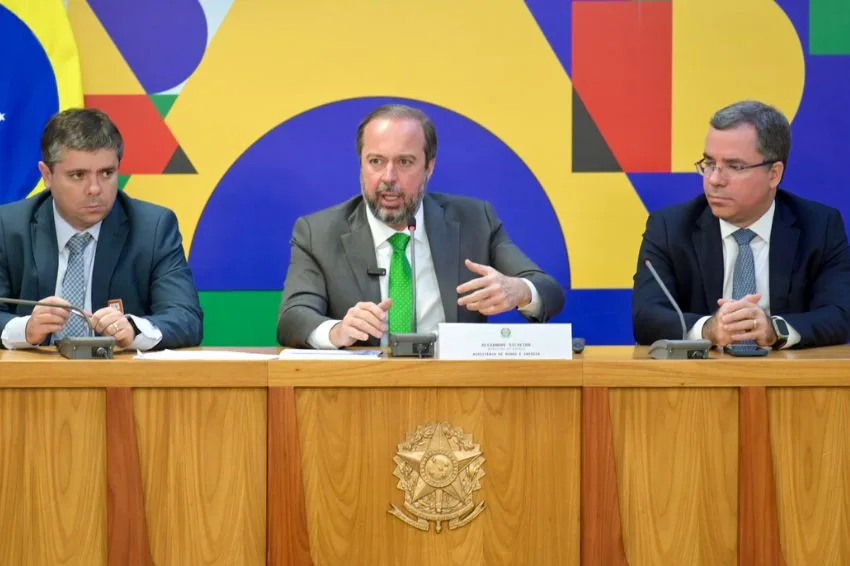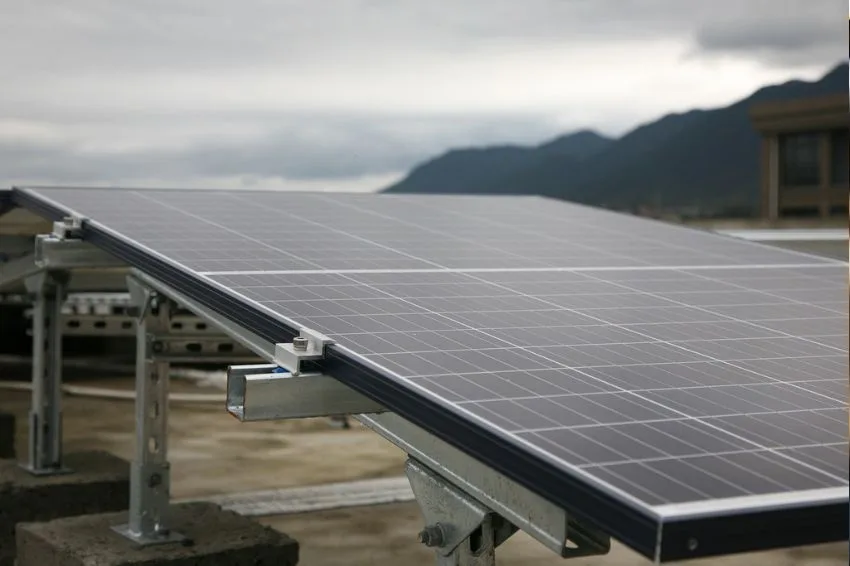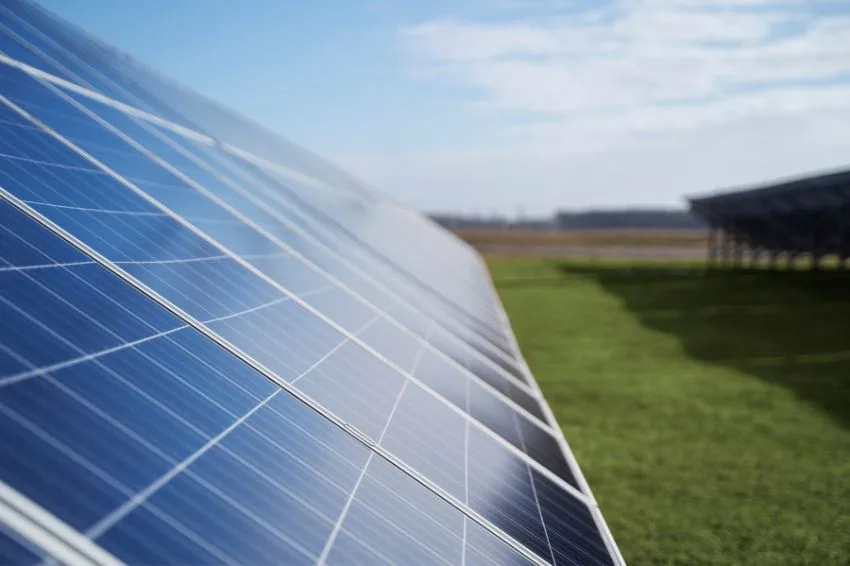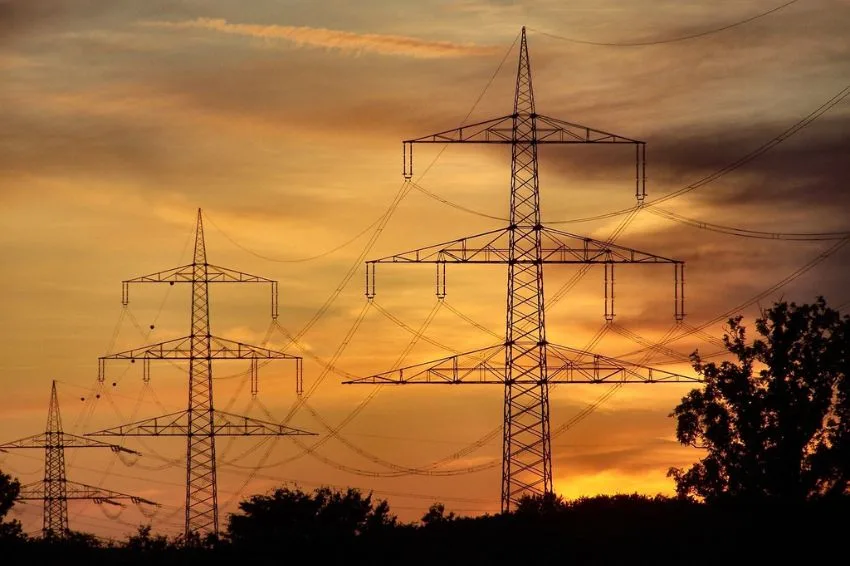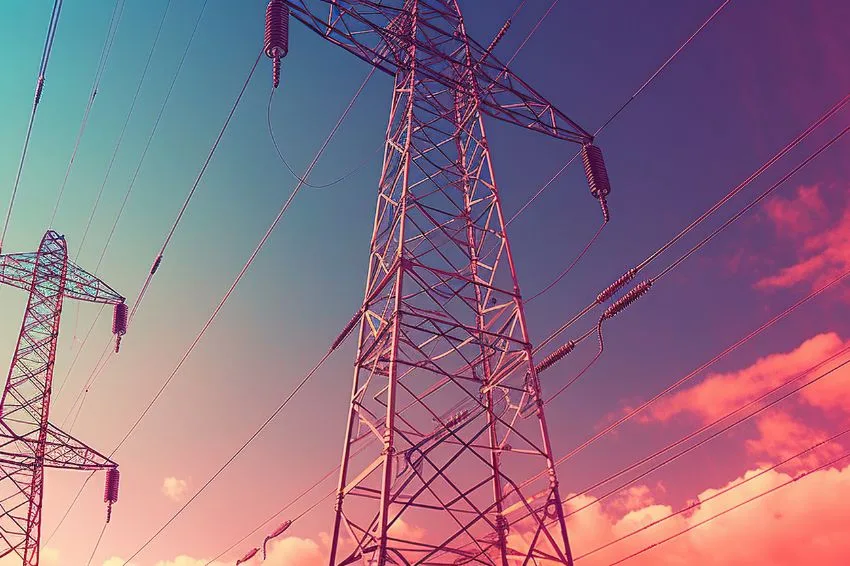The good start of wet period and the forecast of maintenance of reservoir levels of hydroelectric plants at satisfactory levels throughout 2023 are factors that help maintain the PLD (Difference Settlement Price) in current floor of R$55.70 per MWh in all submarkets.
This is the analysis of the Sapphire Group, a commercialization and consultancy company providing analysis, strategies and solutions for the Brazilian energy sector.
This scenario, according to the company, eliminates any possibility of a water crisis and opens, from this month of December, an important window for contracting energy at competitive prices to free consumers.
“We are entering this humid period with rain and safer reservoir levels, which means that the PLD is at the bottom and tends to remain that way at least until February 2023”, stated Raphael Vasques, Management and Market Intelligence coordinator of the Safira Group.
“This favors the immediate contracting of energy for 2023 at current competitive prices, and also for longer terms, that is, until 2025”, he explained.
Similar conditions were only recorded in the most critical periods of the pandemic, when demand for energy fell drastically, especially in the productive sector, due to the closure of companies, and there were surpluses of input on the market. There is an expectation that the PLD will remain at the floor for the entire year 2023, a phenomenon that did not occur eight years ago.
As Vasques recalled, Brazil suffered from water scarcity and the red tariff flag a year ago, a completely different scenario from the current one, which has the green flag (no additional charge on the electricity bill) at the moment and which should remain that way throughout for the entire year 2023.
“January and February are the months in which average temperatures are the highest recorded, so this positive scenario will allow consumers to use their refrigeration devices during these hottest periods without major concerns about their electricity bills”, concluded.





